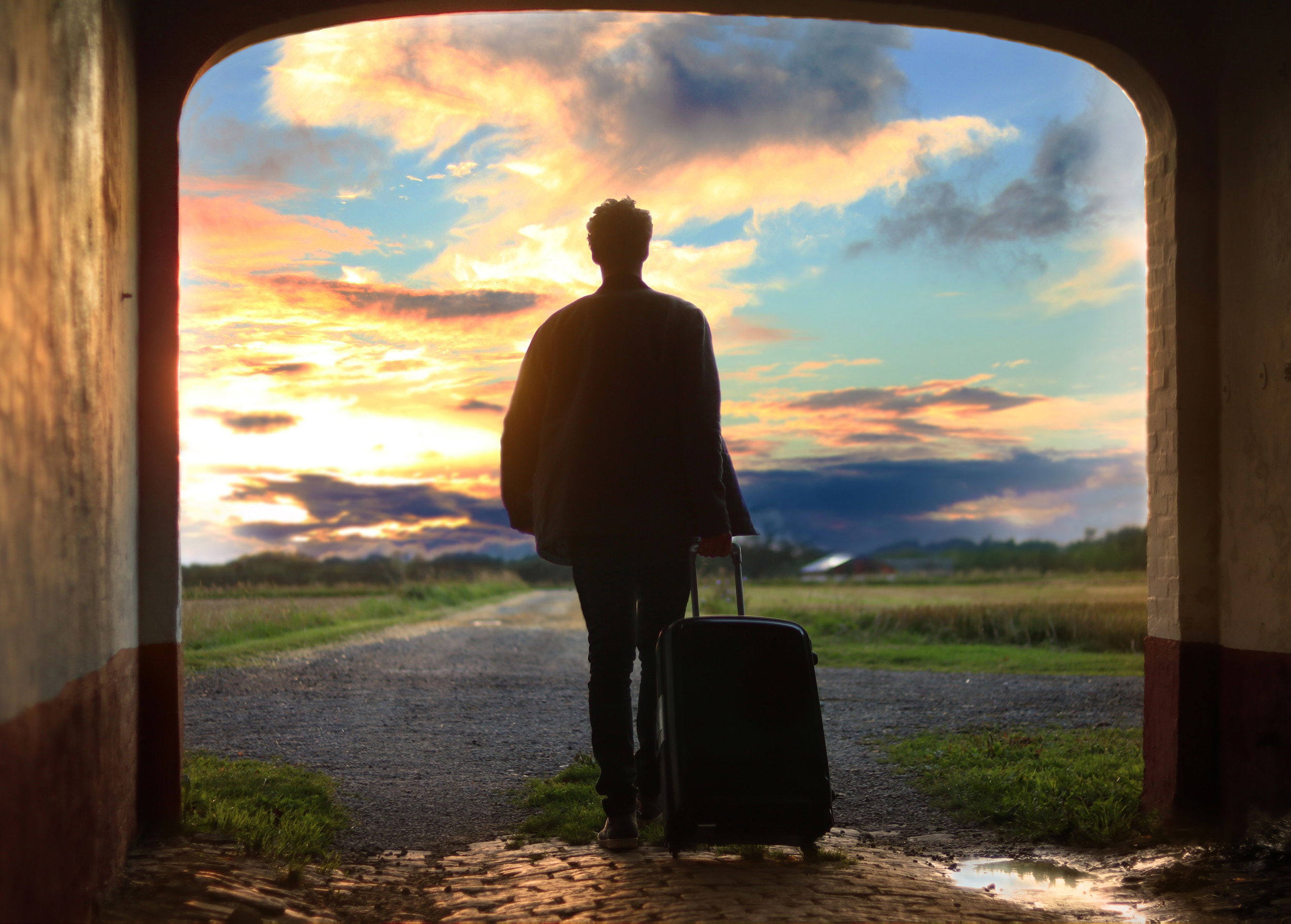Slow Travel: The Joy of Taking Your Time and Soaking in the Experience
In a fast-paced world where efficiency and speed often take precedence, there's a growing movement that encourages us to embrace a different approach to travel - slow travel. Slow travel is about savoring every moment, immersing yourself in the local culture, and truly connecting with the places you visit. In this article, we'll explore the concept of slow travel, its benefits, and how you can incorporate it into your next adventure.

What is Slow Travel?
At its core, slow travel is a mindset and a philosophy of traveling that prioritizes quality over quantity. It's about taking the time to fully experience a destination, rather than rushing through a checklist of tourist attractions. Slow travelers aim to:
Immerse Themselves: Slow travelers seek to deeply connect with the places they visit. They want to understand the local culture, traditions, and way of life.
Enjoy the Journey: Instead of viewing travel as a means to an end, slow travelers savor the journey itself. This can mean choosing longer train rides over quick flights or scenic drives over expressways.
Minimize Environmental Impact: Slow travel often aligns with sustainable and eco-friendly practices. By reducing the number of flights and embracing local transportation, it can help minimize your carbon footprint.
Support Local Communities: Slow travelers prioritize spending their money locally. They seek out family-owned businesses, stay in locally-owned accommodations, and dine at neighborhood restaurants.
Disconnect and Reflect: Slow travel encourages unplugging from the digital world and taking time to reflect on the experiences and encounters during the journey.
The Benefits of Slow Travel
Why should you consider adopting a slow travel mindset? Here are some compelling reasons:
1. Deeper Cultural Understanding
One of the primary benefits of slow travel is the opportunity to gain a profound understanding of the local culture. When you take your time, you can engage in meaningful conversations with locals, attend cultural events, and even participate in traditional activities.
2. Reduced Stress
Fast-paced travel itineraries can be exhausting, leaving you with little time to relax and truly enjoy your surroundings. Slow travel allows you to reduce stress and travel at a comfortable pace.
3. Authentic Experiences
Slow travelers often stumble upon hidden gems and off-the-beaten-path locations that may not be included in traditional tourist guides. These authentic experiences can be some of the most memorable moments of your trip.
4. Environmental Consciousness
By minimizing air travel and opting for more eco-friendly transportation options like trains, buses, or cycling, slow travel can help reduce your carbon footprint and contribute to a more sustainable form of tourism.
5. Meaningful Connections
When you're not rushing from one destination to another, you have more time to connect with fellow travelers and locals. These connections can lead to lasting friendships and enriching cultural exchanges.
How to Incorporate Slow Travel into Your Adventures
Now that you understand the benefits of slow travel, here are some practical tips on how to incorporate it into your next journey:
1. Choose Fewer Destinations
Instead of trying to see multiple cities or countries in one trip, pick a smaller number of destinations and spend more time in each. This allows you to explore in-depth.
2. Embrace Local Transportation
Whenever possible, use local transportation like trains, buses, or trams. This not only reduces your environmental impact but also gives you a chance to observe daily life.
3. Stay Longer
Opt for longer stays at your accommodations. Consider renting apartments or vacation homes, which often provide a more immersive experience compared to hotels.
4. Plan Flexible Itineraries
Create loose itineraries that allow for spontaneity. Leave room for unexpected discoveries and experiences that may arise during your travels.
5. Disconnect Occasionally
While it's essential to stay connected for safety and convenience, take breaks from technology. Spend a day without screens, and fully engage with your surroundings.
6. Engage with Locals
Strike up conversations with locals, visit local markets, and participate in community events. Learning about the place from those who live there can be incredibly enriching.

7. Savor the Cuisine
Food is an integral part of a destination's culture. Try local dishes, explore street food, and dine at family-owned restaurants to get a taste of the local flavors.
8. Travel Slowly
When traveling between destinations, choose slower modes of transportation like overnight trains or leisurely drives. This can turn the journey itself into a memorable part of your trip.
Sources:
- BBC - Slow Travel: The Joy of Taking It Slow
- National Geographic - Slow Travel: The Antidote to the Age of Velocity
- The New York Times - The Joys of Slow Travel
- Travel + Leisure - Slow Travel: The Art of Taking Your Time on the Road
Slow travel is not just a way to explore the world; it's a philosophy that encourages us to appreciate the journey as much as the destination. By embracing a slower pace, connecting with locals, and immersing ourselves in the culture, we can create meaningful and unforgettable travel experiences. So, the next time you plan a trip, consider taking the scenic route and savoring every moment along the way.